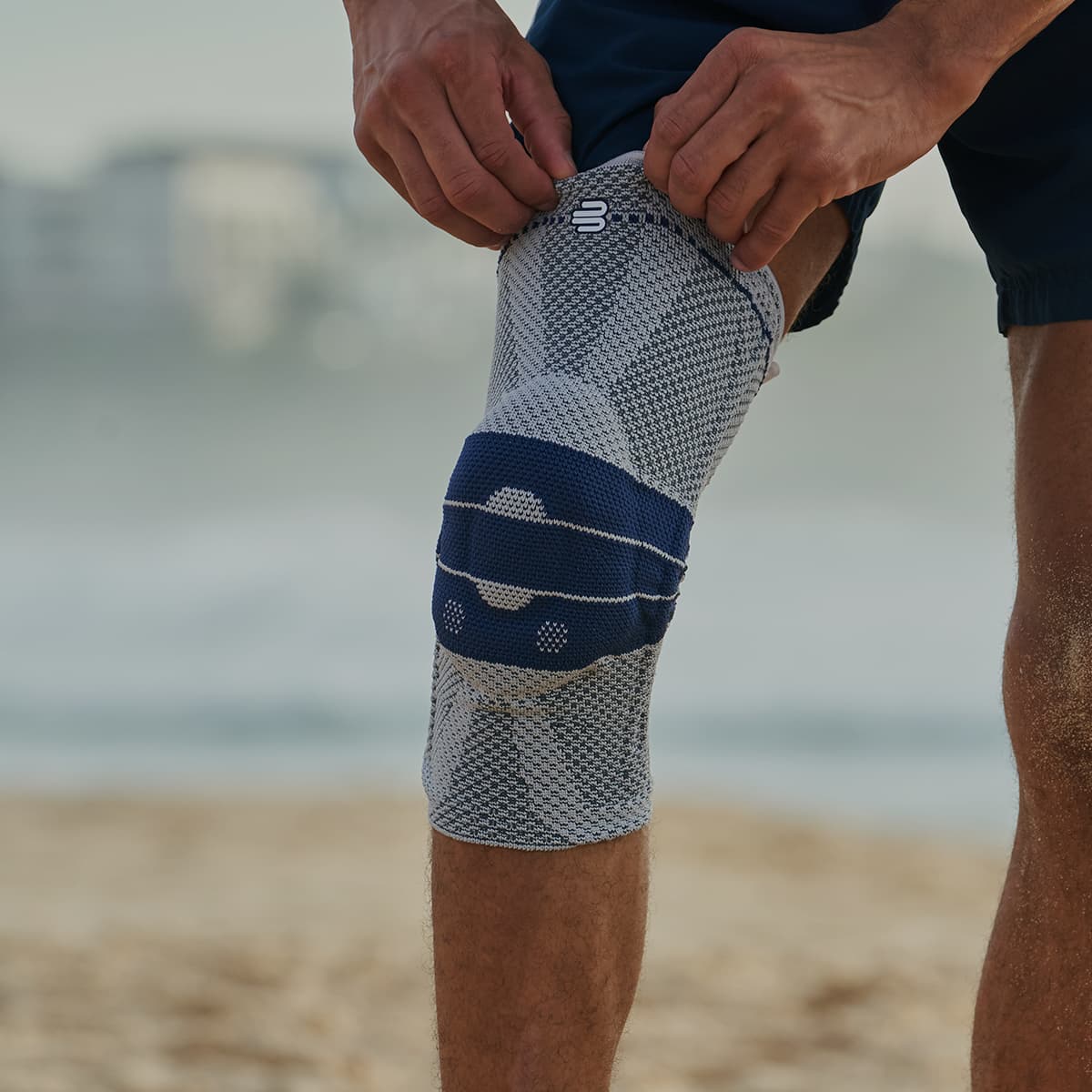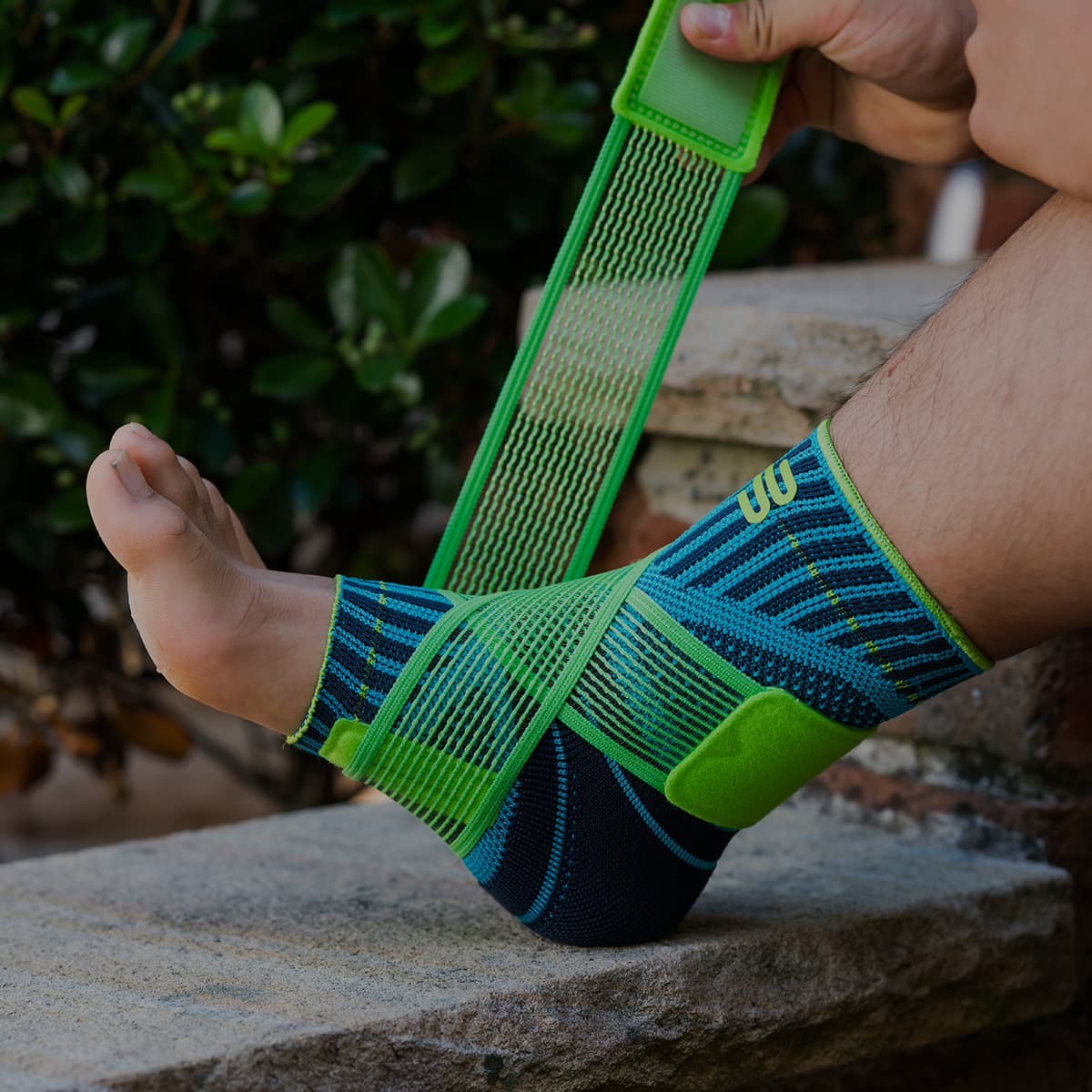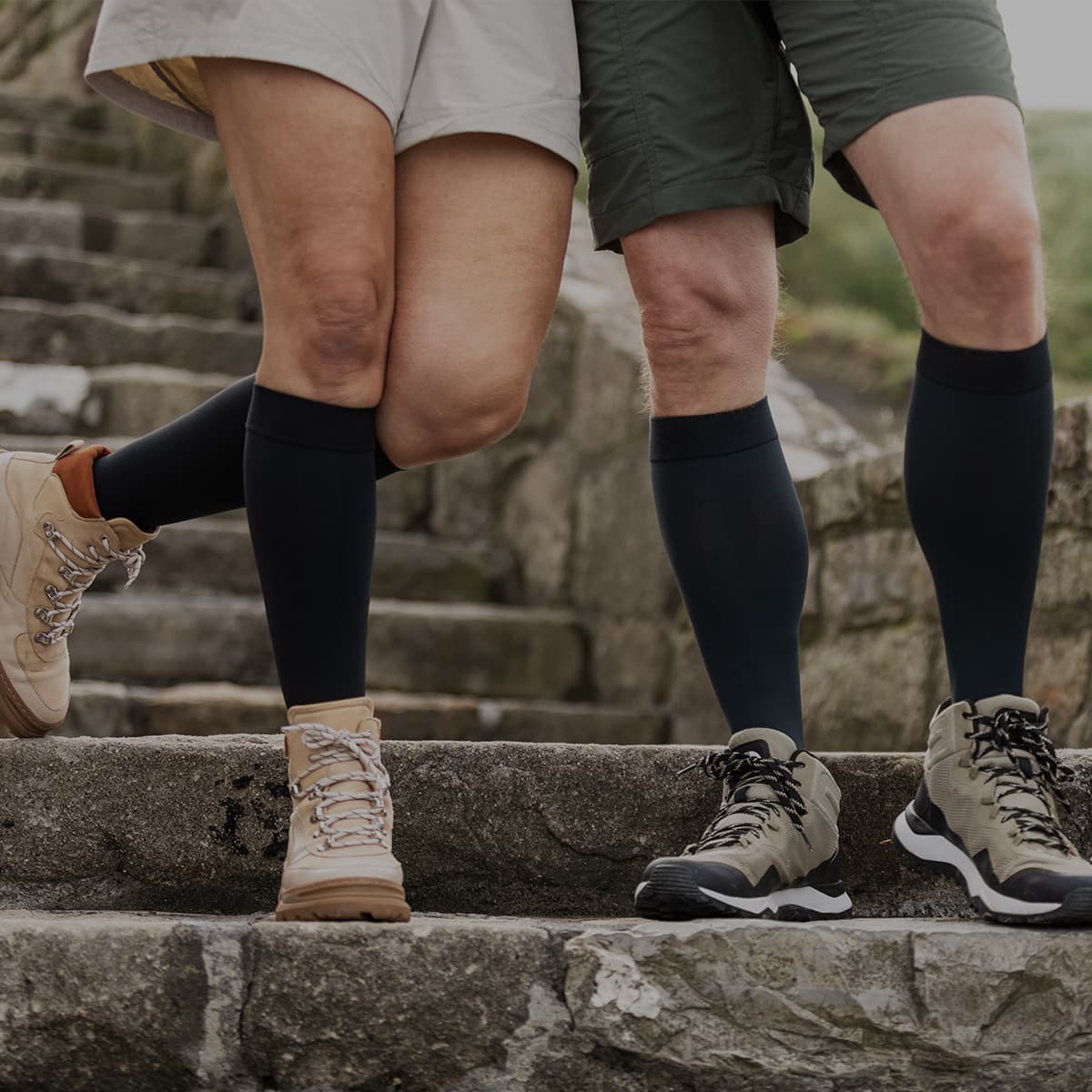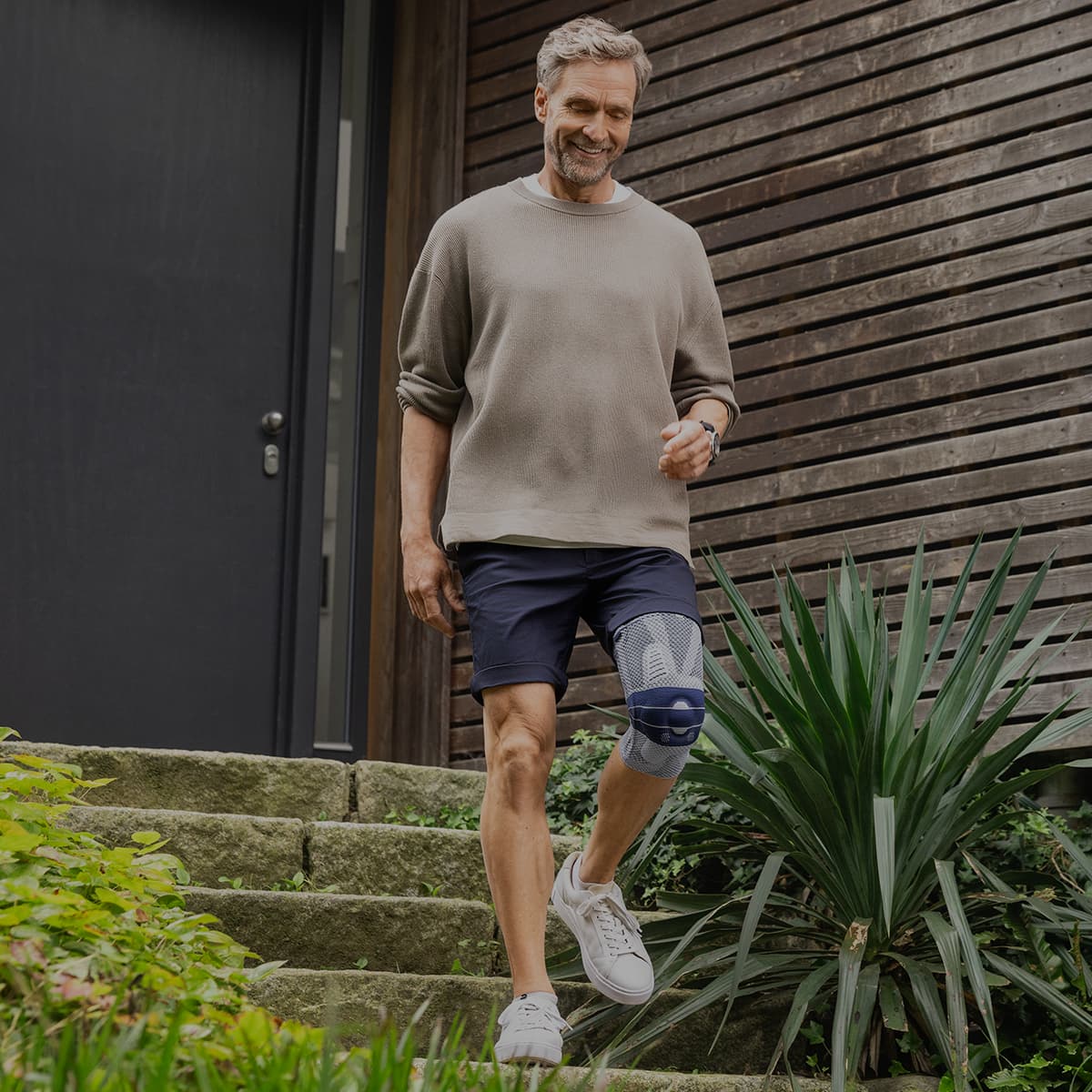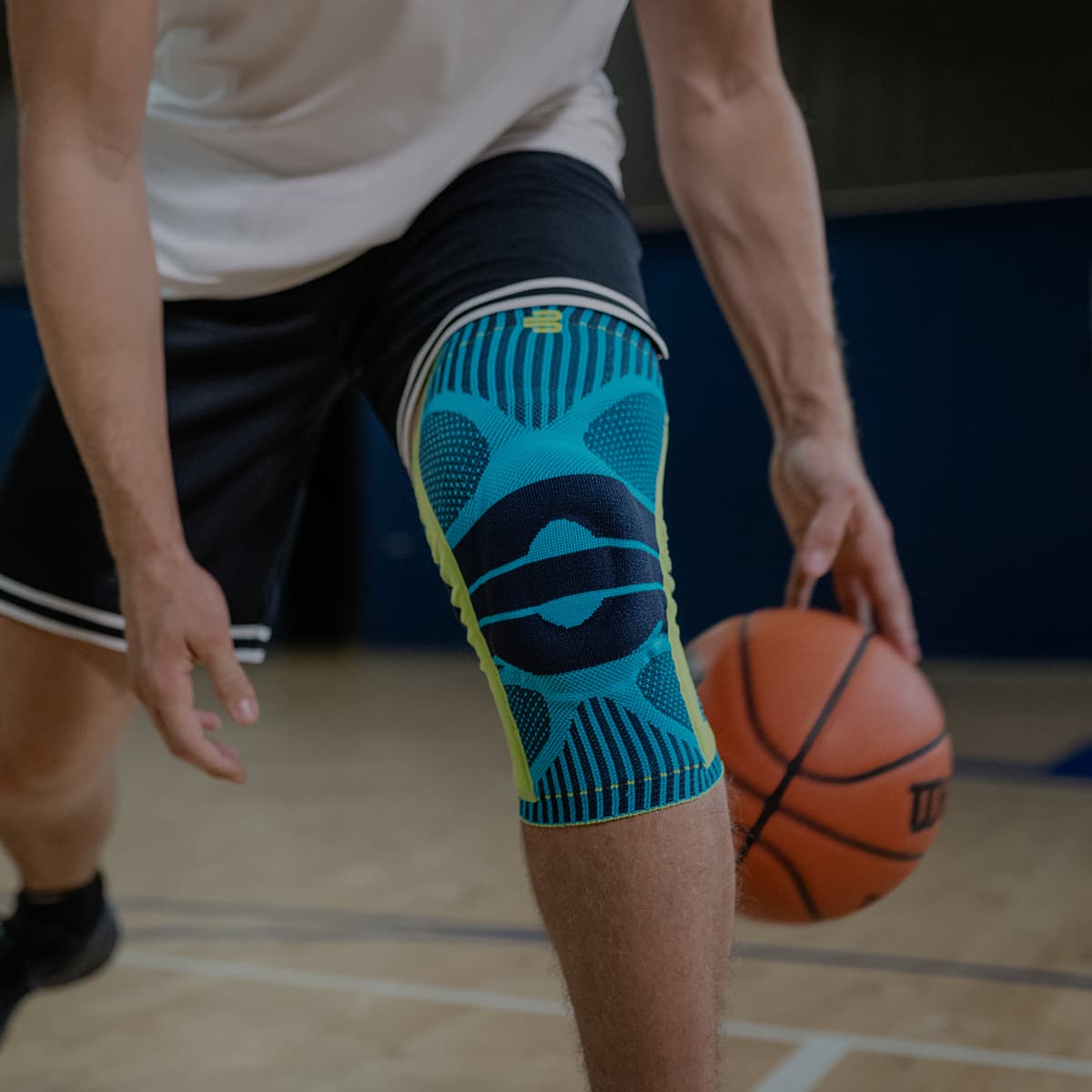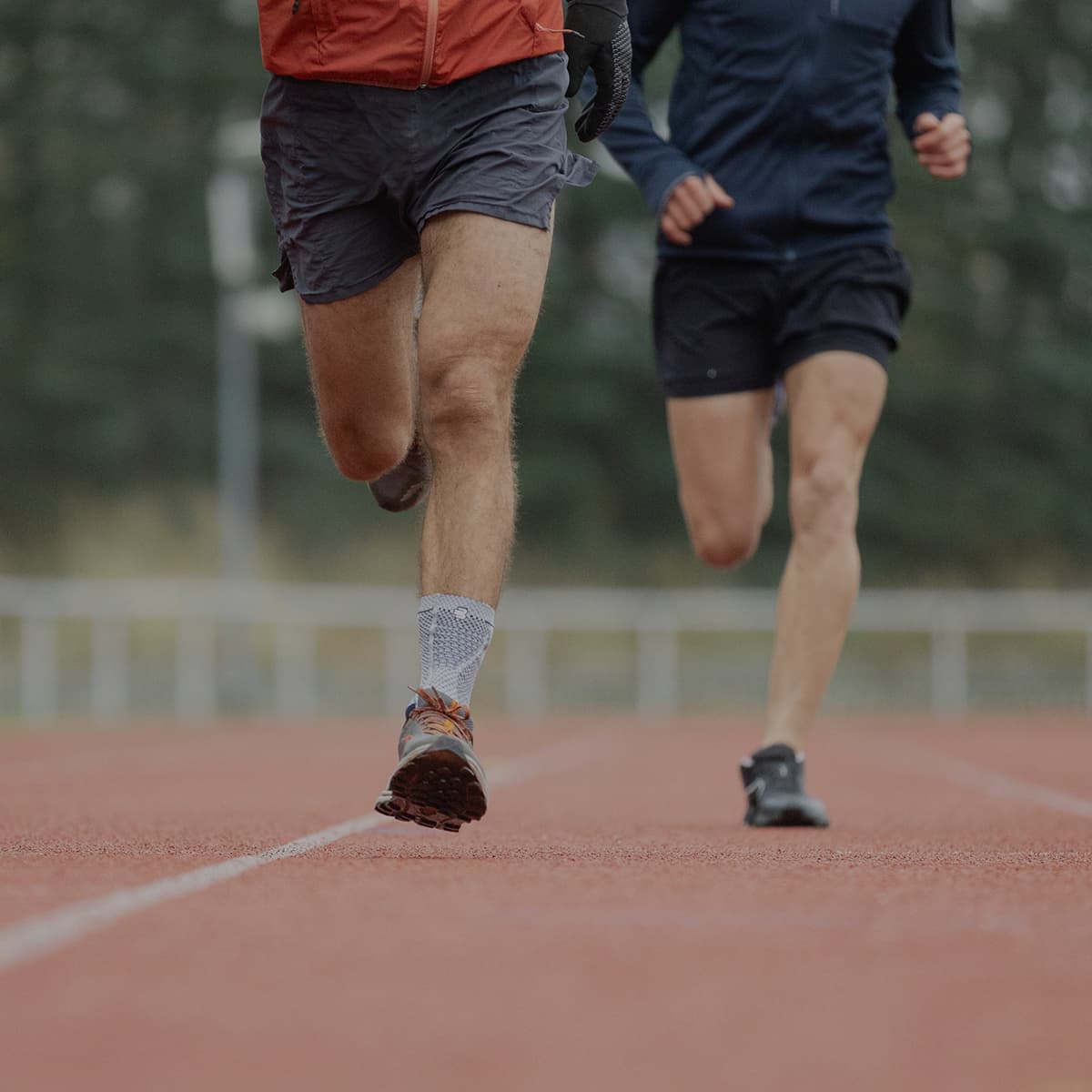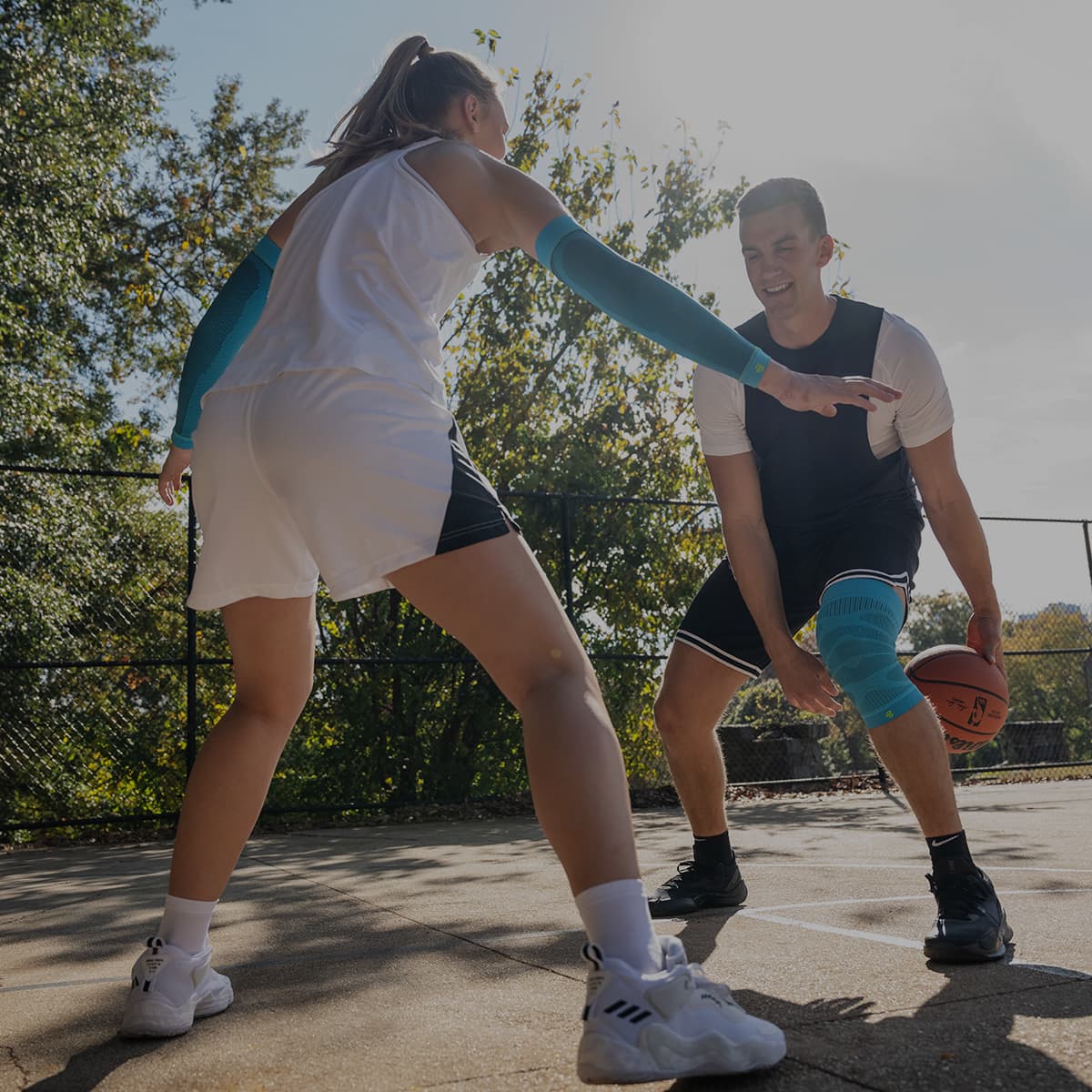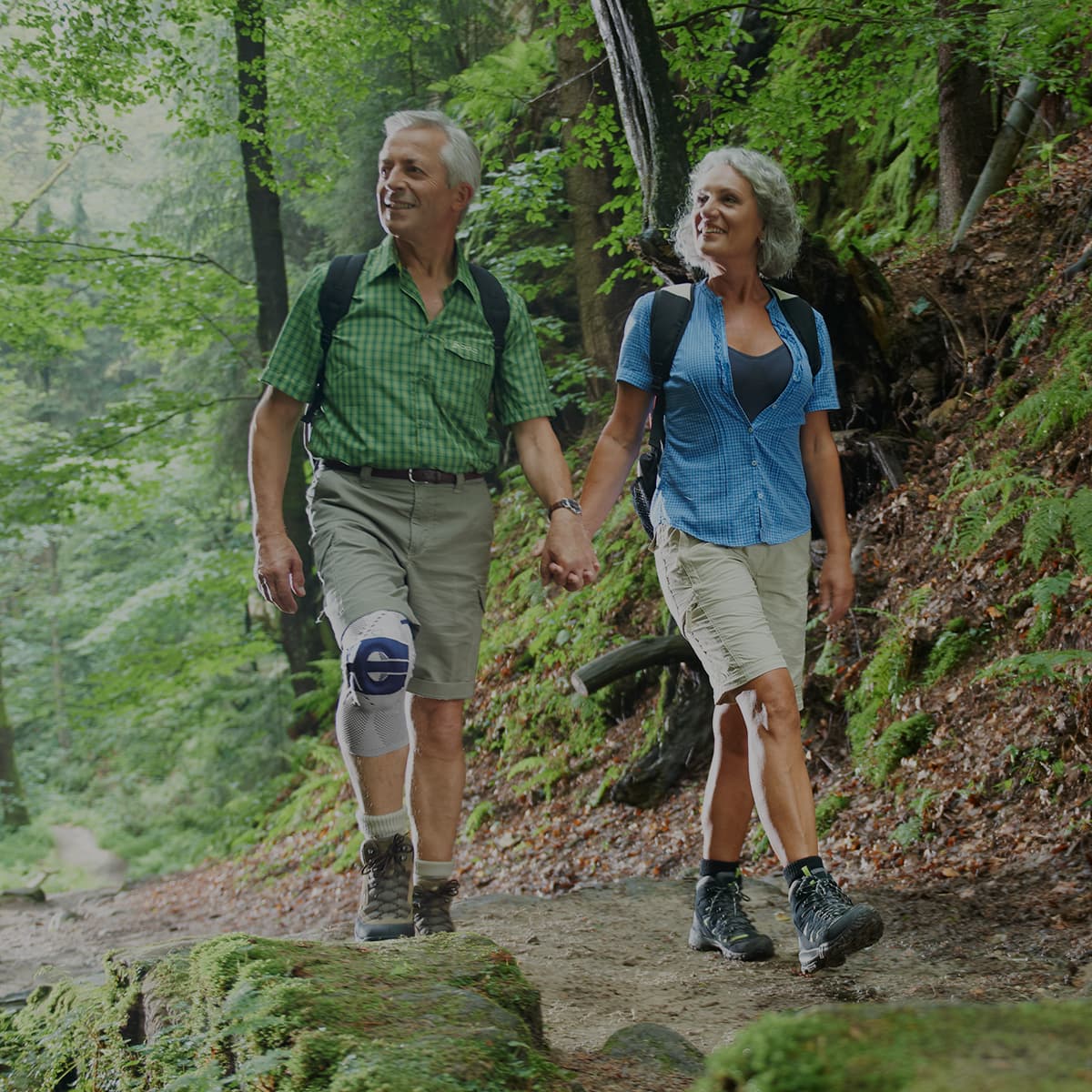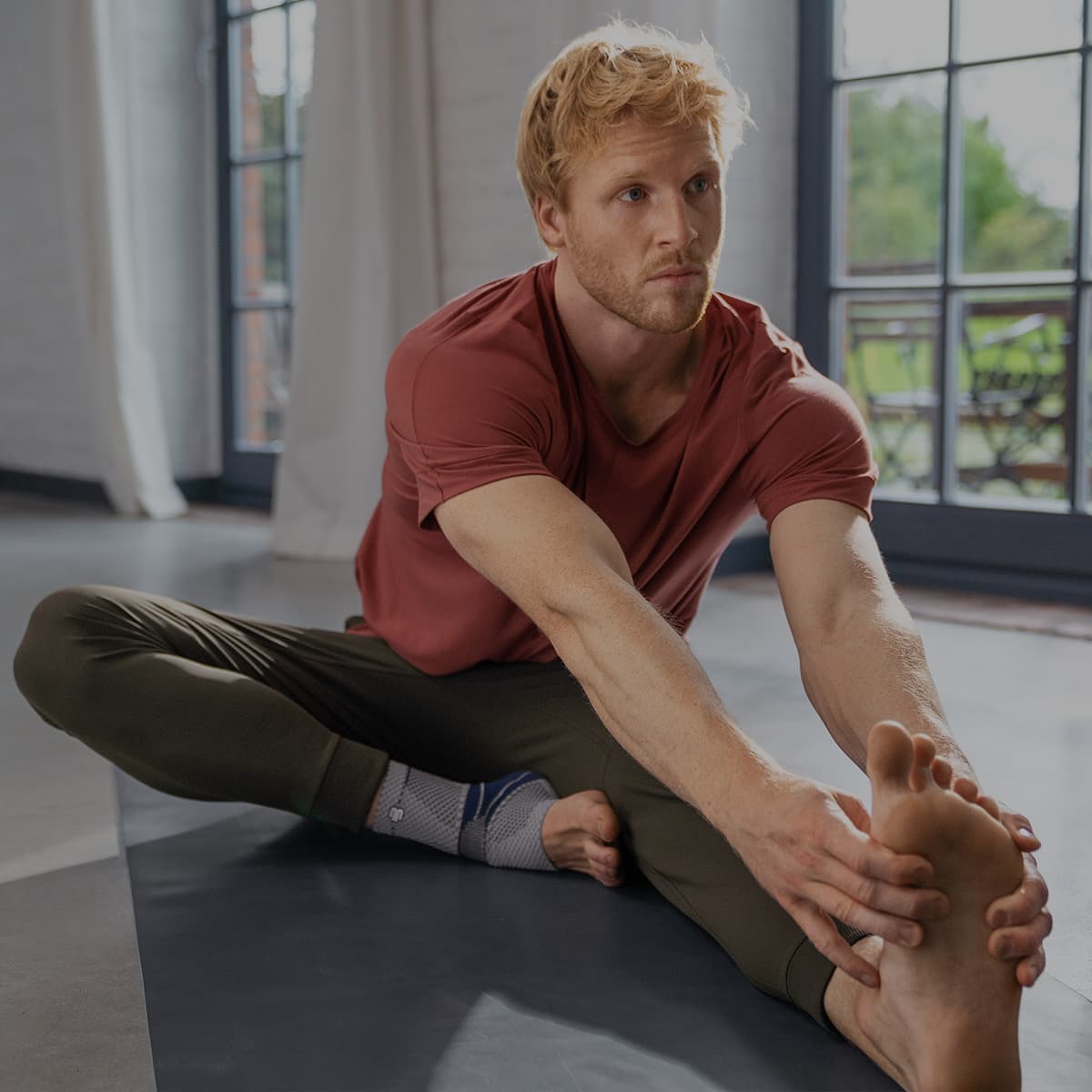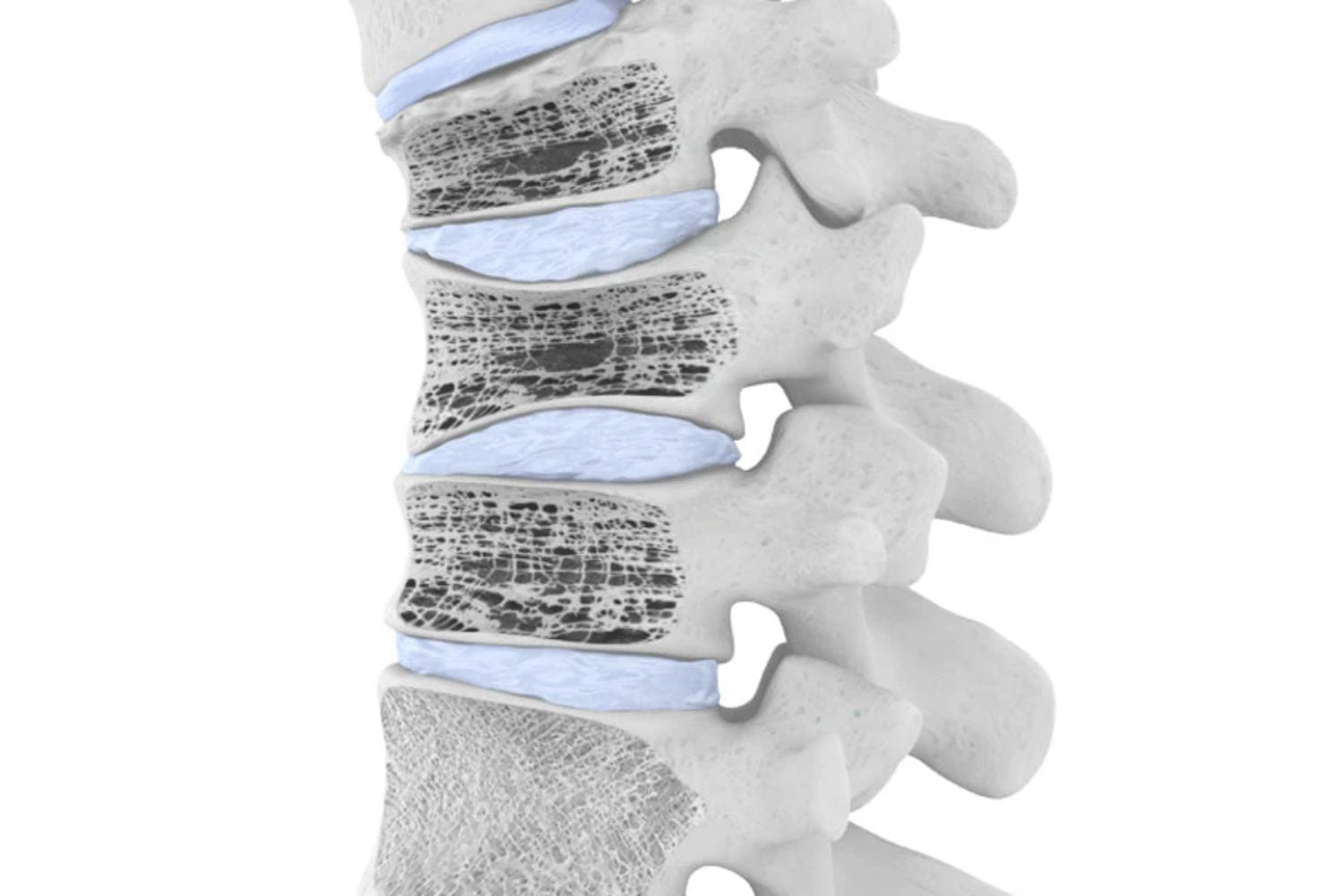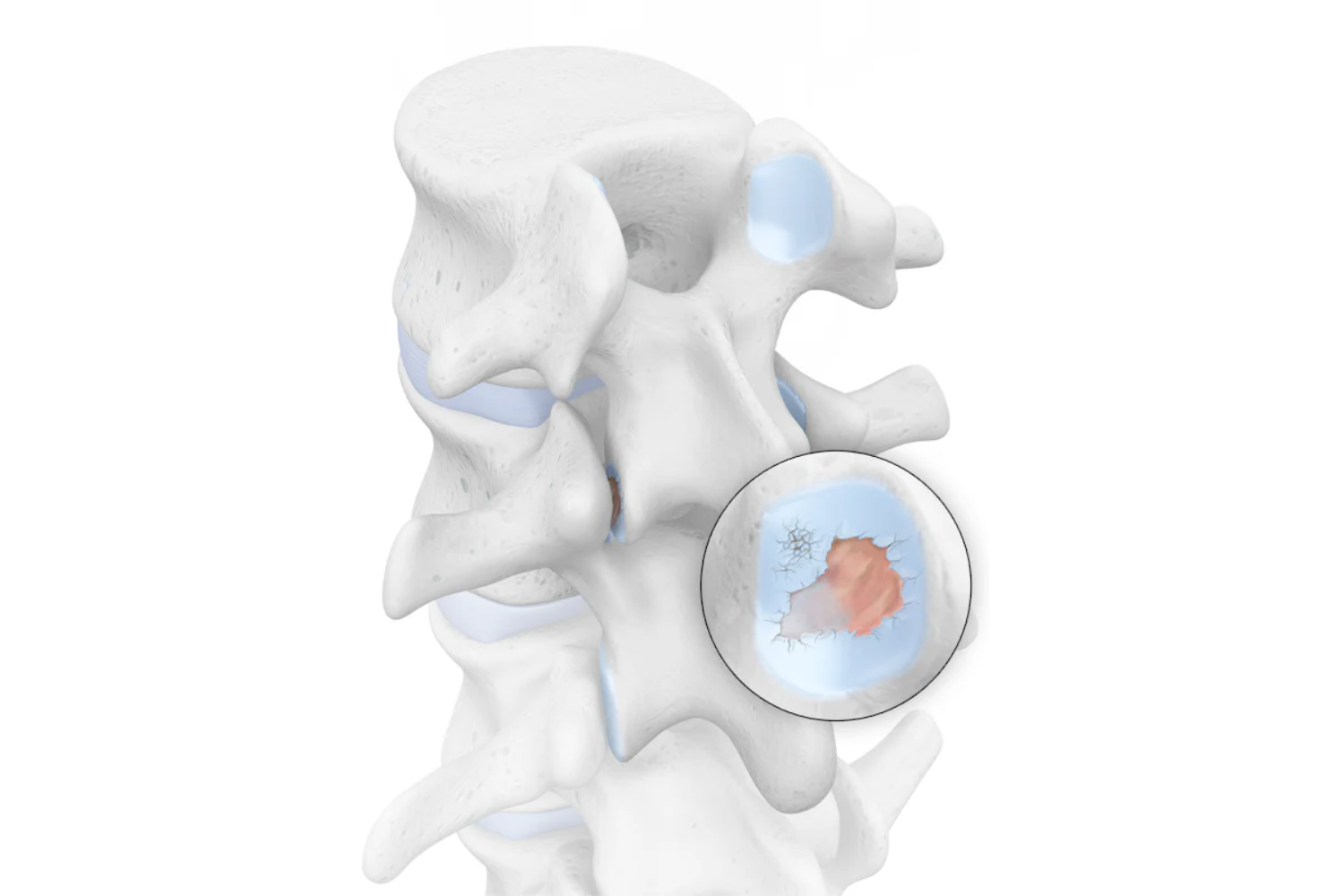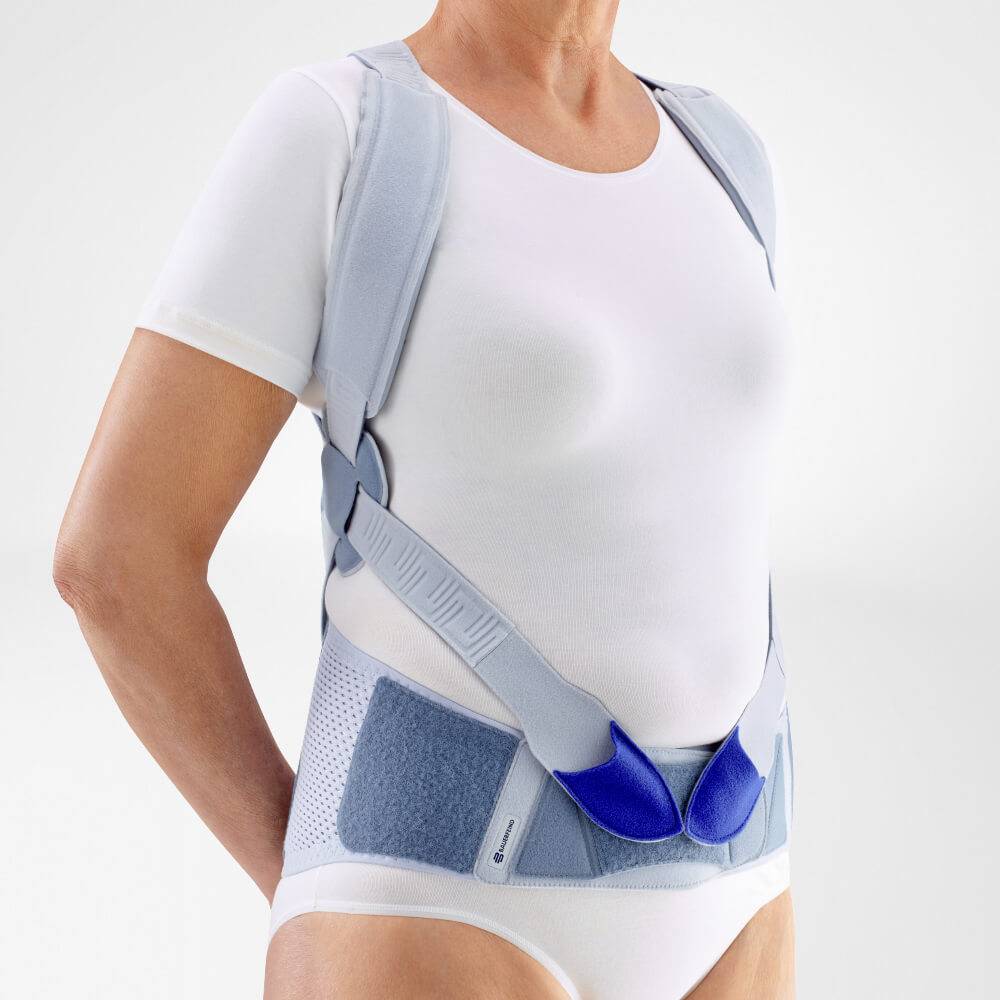Our skeletal system provides a robust structure that protects our internal organs and soft tissue. Calcium phosphate constantly renews our bones.
However, some patients have an imbalance between the formation of new bones and the resorption of older bones. This condition is referred to as osteoporosis and can lead to weak, fragile, and porous bones throughout the skeletal system.
The spine is one of the first areas of the body to be affected by osteoporosis, and it can lead to intense pain and discomfort for patients. Their mobility is severely restricted, and even mild jerks and light loads can lead to developing fractures.
Vertebral fractures can have associated inflammation and lead to changes in the body’s natural posture.
Causes of Spinal Osteoporosis
Osteoporosis is a metabolic disease of the bones. The commonly known causes of the condition include:
- An imbalance between the formation of new bone and the resorption of old bone. This leads to a drop in bone density and increased porosity of the bones.
- Lack of certain hormones, especially estrogen in women and androgen in men, typical in people with aging (for example, hitting menopause in women results in lowered levels of estrogen) can lead to developing osteoporosis.
- Lack of or deficiency of calcium in a patient’s diet can lead to insufficient minerals to reinforce the bones. The body may also leech calcium from the bones to maintain healthy blood calcium levels. Similarly, unhealthy diets and acidic foods can also leech calcium from the bones and can lead to osteoporosis.
- Certain diseases and genetic conditions can lead to porosity in bones. For example, thyroid problems, bone cancer, rheumatism and genetic disorders.
- Overuse of corticosteroids.
- A history of osteoporosis in the family.
- Unhealthy lifestyle choices like smoking, heavy alcohol consumption, and a lack of exercise.
Spinal Osteoporosis Symptoms
Bone density naturally reduces with age. However, osteoporosis can accelerate this and lead to increased bone degeneration. Bones become increasingly unstable and can break under the slightest amount of stress.
The spine bears the weight of the head and the upper body, and with the onset of osteoporosis, it is typical to develop symptoms of osteoporosis in the spine. Some of the most commonly known symptoms of spinal osteoporosis include:
- Feeling of excruciating pain and irritation in the spine, typically accompanied by a feeling of weakness and instability.
- There is a high likelihood of fractures, especially in the vertebrae of the spine. In cases of vertebral fractures, there are visible changes to the natural spine curvature.
- Affected patients develop a rounded back and a spherical abdomen.
- As the disease progresses, the patient’s body height can be further compromised. Patients appear to become smaller and smaller as more vertebral columns are compromised. People can “shrink” several centimetres.
- Psychologically, the pain and the fragility of the spine have a debilitating impact on the mindset of people. Patients tend to avoid movement, and over time, this leads to muscle breakdown and weakened muscles, resulting in instability and insecurity when moving. This creates a vicious cycle that can severely restrict mobility and significantly impact quality of life.
Diagnosis of Spinal Osteoporosis
A complete medical history and physical examination is a good place to start, and it gives the medical professional a good idea of the risk factors involved. It is crucial to measure bone density and track it to diagnose spinal osteoporosis. Doctors achieve this with the so-called T-value through sophisticated imaging technology like X-rays.
According to the World Health Organisation (WHO) definition, a diagnosis of spinal osteoporosis can be made if the T-value is at least 2.5 standard deviations below that of a healthy 30-year-old of the same sex. If the measurement results in a T value greater than -1, the bone density is in the normal range. If the T-value lies between -1 and -2.5, doctors speak of osteopenia or bone poverty. It is a preliminary stage of osteoporosis.
Spinal Osteoporosis Prevention
Spinal Osteoporosis is not curable. However, suitable preventive measures and early treatment can influence the course of the disease favourably and slow its progression. Preventive measures should be started at a young age to build up bone density as early as possible, helping to compensate for later bone loss.
- Physical activity and exercise to strengthen muscles and bones.
- A diet rich in calcium (the main building block of bones)
- Sufficient vitamin D (which promotes calcium storage in the bones)
- Avoiding smoking, drinking and maintaining a healthy body weight
Together, these measures can play a vital role in preventing and preparing the body for long-term risks of spinal osteoporosis.
Treatment For Spinal Osteoporosis
Treatment for spinal osteoporosis aims at slowing the loss in bone density and promoting the reconstruction of bones. Doctors aim to relieve pain and manage the symptoms of osteoporosis. Taking measures to prevent any further risk of developing fractures is crucial. A good treatment guideline includes:
Lifestyle Changes
Improving lifestyle choices can significantly improve the prognosis of Osteoporosis. Losing weight and avoiding drinking and smoking have proven effective in preventing the onset and progression of the condition. Having a nutritious, balanced, calcium—and vitamin D-rich diet is also highly effective.
Prescription Drug Therapy
Patients with spinal osteoporosis experience pain and discomfort due to the condition. Prescribed painkillers like Ibuprofen can help manage the pain and provide some relief. Importantly, painkillers mask the pain without addressing the underlying condition. Additionally, tolerance may occur, where the effectiveness of the drugs decreases, as well as other potential side effects.
Prescribed Physiotherapy
Rehabilitation through regular physiotherapy is very important to curb the progression of Osteoporosis and prevent muscle breakdown due to inactivity. Prescribed physiotherapy, with the use of targeted exercise, can help strengthen the muscles that have lost stability. It helps a patient regain mobility and relief from discomfort.
Medical Back Braces and Supports for Osteoporosis
Spinova Osteo
In more advanced cases, vertebral fractures might result in the development of a rounded back, and medical Orthoses like the Spinova Osteo can be a perfect solution. The reinforced aluminium rods provide stability and encourage healthy body posture.
A tension belt system and a deep-seated pelvic support allow the Spinova Osteo to snugly fit the patient’s back and effectively relieve all back stress. The brace encourages muscle activation and can significantly reduce discomfort and pain.
The additional support provided to the pelvis provides stability and can help minimise the risk of falls. The breathable and skin-friendly material makes it perfect for daily use and is highly recommended for a swift recovery.

